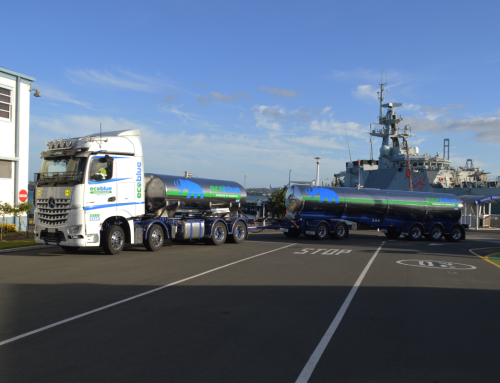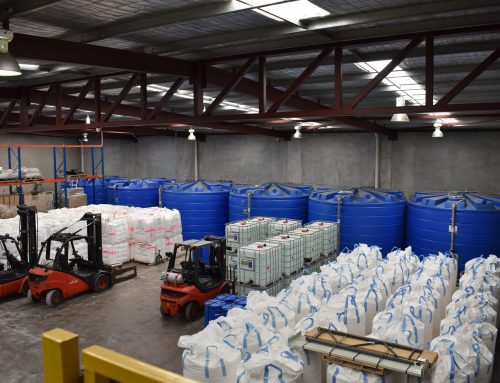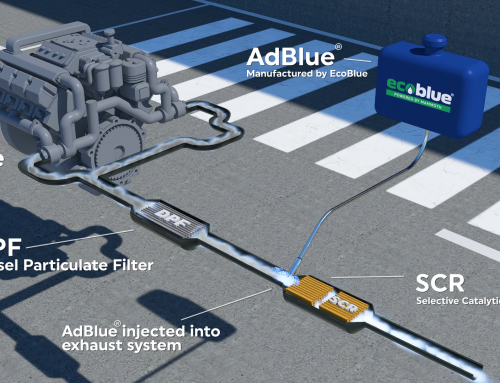AdBlue® has become a necessity for the clean running of all modern diesel engines, with Australia producing up to 4 million litres per week. So, what is it that we’re putting in our vehicles, and how is it made?
AdBlue® has a chemical composition of 32.5% urea ((NH2)2CO) and 67.5% deionised water (H20). As the prime ingredient of AdBlue® is urea, it is imperative that the highest quality raw material is sourced. This means technical grade urea, which is a high purity and uncoated granular form, should be utilised. Each raw batch should be tested for purity and quality.
The water demineralisation process removes mineral ions such as salt and calcium from the water using deionisation. This commonly utilised method uses ion-exchange resins to switch out these electrically charged mineral ions for hydrogen (H+) and hydroxyl (OH-) ions. This produces pure H20.
The granulated urea is placed into heated tanks of deionised water and stirred to dissolve fully. The solution is then filtered and placed into storage tanks. Each step requires monitoring and testing for quality and purity.
The manufacture and supply of AdBlue® is quality-controlled by an international standard, ISO 22241. This means that for a batch of urea solution to be classified as AdBlue® it must conform to the requirements set out in the standard.
ISO 22241 is made up of four subsections that relate to specific areas:
1. Quality of the raw materials and finished product
2. Testing methods
3. Transportation, handling, and storage
4. Refilling systems
The strict regulations around the production of AdBlue® ensure that only highest quality product is supplied as standard. Whenever you put certified AdBlue® into your car, truck, or other diesel equipment, you can have peace of mind knowing that it has been uniformly manufactured, then tested for quality every step of the way.






